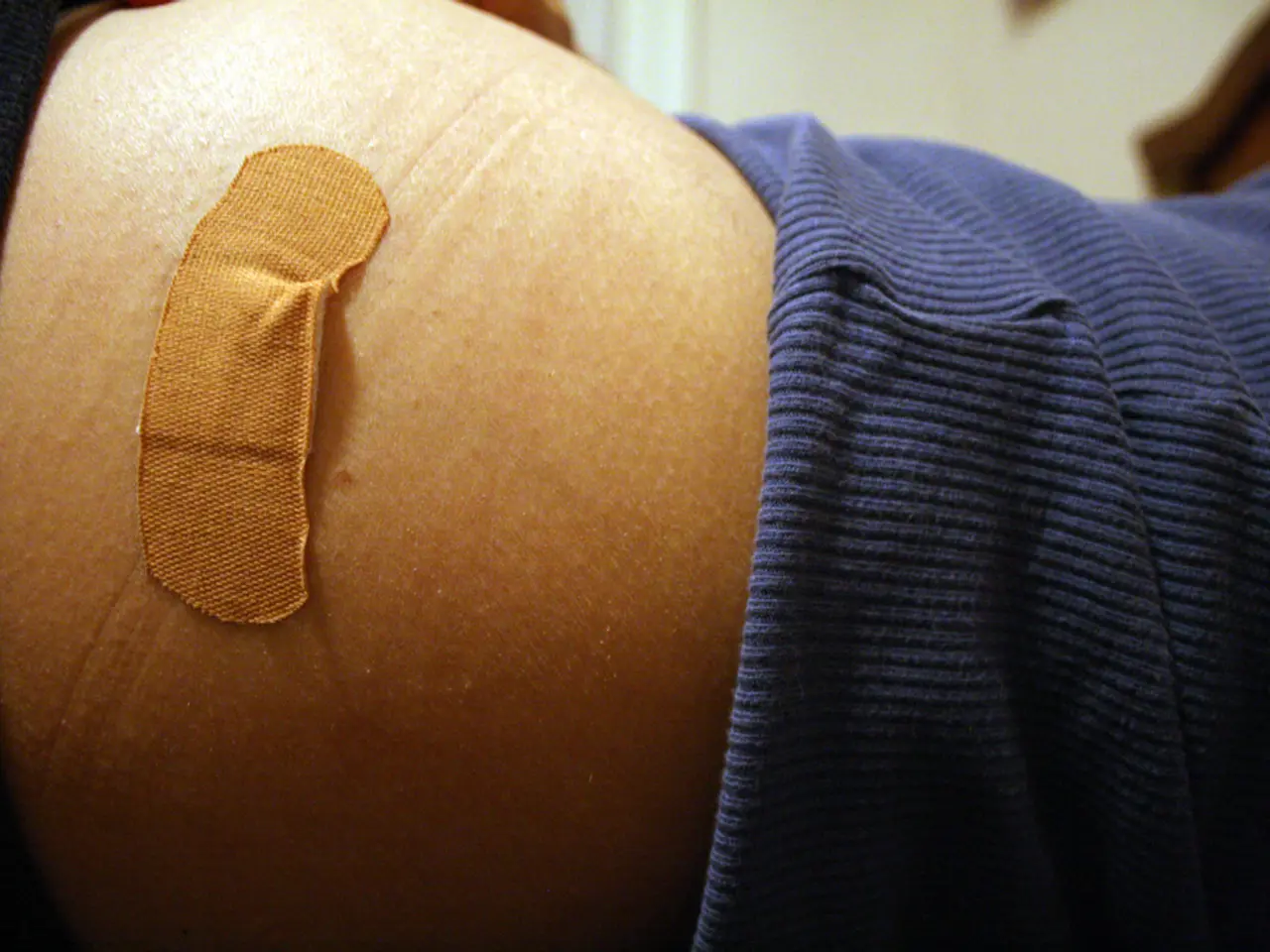Disconnected Minds: Exploring the Implications When the Halves of the Brain Lose Contact
A corpus callosotomy, a surgical procedure that involves severing the corpus callosum to treat severe epilepsy, leads to the intriguing phenomenon known as the "split-brain" syndrome. This procedure significantly alters cognitive function and consciousness by disconnecting interhemispheric communication between the brain's two hemispheres.
Cognitive Effects
The disruption of interhemispheric transfer of information is one of the key effects of corpus callosotomy. As the corpus callosum is the largest white matter tract connecting the two hemispheres, its severing interrupts communication pathways necessary for integrating perception, motor coordination, and certain cognitive tasks requiring cooperation across hemispheres.
This separation results in lateralized cognitive and perceptual effects. For instance, the right hemisphere typically controls spatial and nonverbal processes, while the left hemisphere handles language and analytical reasoning. After callosotomy, stimuli presented to one hemisphere may not be accessible to the other, leading to split or conflicting responses depending on which hemisphere processes the input.
Despite these disruptions, some higher cognitive functions remain intact or even improve postoperatively. However, specific deficits in tasks requiring bilateral integration are noted. Furthermore, possible impacts on memory and language are worth considering, as disconnection particularly affects functions reliant on cross-hemisphere white matter tracts.
Consciousness and the Self
Split-brain patients often maintain normal waking consciousness, but there can be subtle effects on the unity of conscious experience. Each hemisphere may process information differently and independently, leading to the possibility of dual conscious agents in one brain. In behavioural experiments, the two hemispheres can act in conflict, revealing the divided nature of consciousness in split-brain patients.
Despite these divisions, overall consciousness remains coherent because many other brain structures and pathways contribute to unified conscious experience. The nature of consciousness and the unity of the self are questions that split-brain research continues to raise, suggesting that each hemisphere may possess its own consciousness and that consciousness may be distributed across multiple neural systems.
Implications and Future Directions
Longitudinal studies show that white matter integrity, especially in regions of the corpus callosum like the splenium, strongly correlates with cognitive performance. This indicates that severing or damage can have lasting impacts on cognition.
Corpus callosotomy effectively reduces seizures, significantly improving quality of life for some patients. This improvement can indirectly improve cognitive functions by lowering seizure-related disruption. However, some cognitive impairments or subtle deficits can arise, and careful patient selection and surgical technique aim to minimize long-term cognitive decline.
The findings from split-brain studies continue to inform fields ranging from neuroscience and psychology to artificial intelligence and philosophy, broadening our understanding of how the mind navigates the complexities of perception, identity, and cognition. The experiments conducted by Roger Sperry in the 1960s and 1970s using a visual field test to study the independent functioning of the hemispheres in split-brain patients remain foundational to this field of study.
In summary, corpus callosotomy disconnects the hemispheres, altering interhemispheric communication, which can lead to split-brain phenomena affecting specific cognitive and perceptual processes but often spares general consciousness and many higher cognitive functions. Its use balances seizure control benefits with potential cognitive trade-offs informed by ongoing research on white matter connectivity and cognitive outcomes.
- The disruption of the corpus callosum, a key structure that connects the brain's hemispheres, has implications for various medical-conditions, such as cognitive functions, consciousness, and the unity of the self.
- Studies on the split-brain syndrome have revealed interesting insights into health-and-wellness, particularly the separation of cognitive functions between the brain's hemispheres, thus providing valuable resources for science, psychology, and philosophy alike.
- As researchers continue to investigate the long-term effects of corpus callosotomy, it is essential to address psychological concerns, such as cognitive performance, memory, language, and the impact on overall health, given its potential effects on specific medical-conditions and health-and-wellness.




